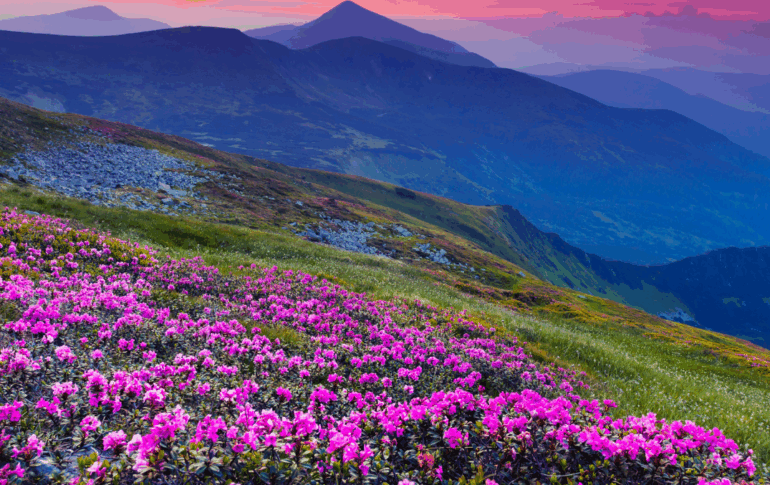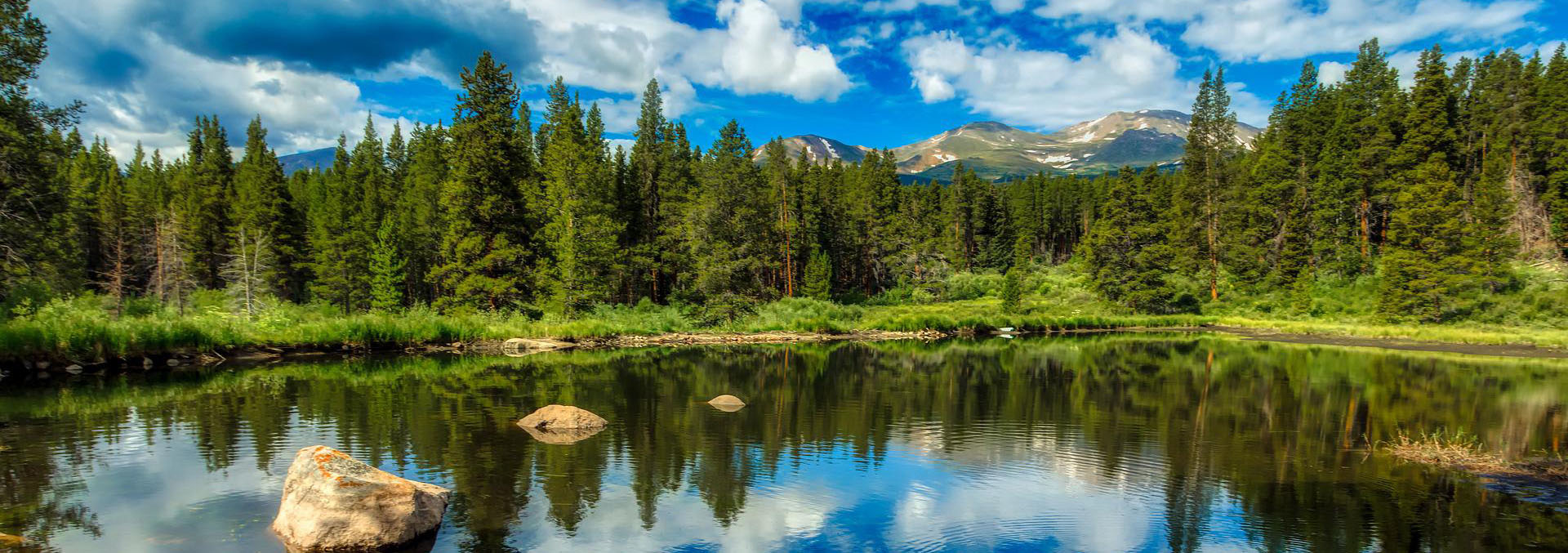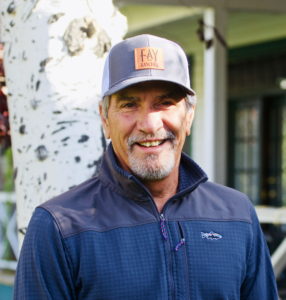Where Does Colorado Water Come From?
By Jim Vidamour, ALC, Principal Broker, Licensed in CO, NM
The most important thing to realize about Colorado is that Colorado only exports water. There are no rivers entering Colorado for any significant distance. Colorado water originates in Colorado and exits the state through several major river systems. The South Platte, the North Platte, the Arkansas, the Rio Grande, the Colorado, San Juan, Las Animas, Yampa/Green, the White, all take Colorado water out of the state. Where does Colorado water come from? The answer is snow. There are few aquifer systems in the state, and those are being exploited for agriculture and domestic urban use. These aquifers are largely replenished by melting snow from the mountains during the spring and summer months.
All Irrigation Water Rights Are Not Equal
Surface and groundwater in Colorado is divvied up in an organized system of irrigation water rights and well permitting. From the Colorado Division of Water Resources: “Water rights in Colorado are unique when compared to other parts of the United States. The use of water is governed by what is known as the Prior Appropriation System.” This system of water allocation controls who uses how much water, the types of uses allowed, and when those waters can be used. A simplified way to explain this system is often referred to as “first in time, first in right.” This means that all water rights are not created equal. On the contrary, few water rights are equal. Some water rights can be virtually useless. For instance, a low-priority water right might not receive water in a dry year or even an average moisture year, the years the water might be most needed. Then a rainy year comes along, the water right comes into priority, but there is plenty of water from the sky to grow crops. Water rights valuation is an art and a science, and an expert should be engaged if there is substantial financial risk involved.
Wells and Groundwater
Regarding well permitting, the current system was put into effect in June of 1972. This created categories of permits and rules by which they are issued. One of the rules, in particular, has had a large impact on how property has been developed in Colorado. In general, a minimum acreage of 35 acres is now required to obtain a non-exempt well permit, allowing for domestic water and irrigation of one acre of garden. This rule has steered the subdivision of large Colorado ranches into parcels of 35 acres or greater. In a state that sends all of the water out of state that it doesn’t use, this has been a positive means of managing groundwater use. The guarantee of a well permit does not guarantee water. Many areas of the state do not sit over aquifers and wells target underground drainages, fissures, and subsurface flows. These aren’t always easy to find so careful study of existing wells and drilling history in the targeted area is necessary before attempting to drill a well.
Colorado Drought
Currently, every part of Colorado is in some stage of drought. Most of the southwest United States is currently suffering from drought conditions. This is not entirely new, after all, it is believed the Anasazi vacated the Four Corners area in the 1200s and dispersed across the Southwest because of a megadrought. The difference now is the number of people affected by the drought conditions. The urgency is evident in the low water levels of most western lakes and reservoirs, including Lake Powell and Lake Mead.
Ownership of Colorado Water
Water from snow in Colorado is owned by and appropriated to several states and even a foreign country. A property owner watches as a river runs through his land, and without a water right, every drop of water in the river belongs to someone else. Major cities not only rely on Colorado snow for water but also for electrical power. Currently, there is the real likelihood that some reservoirs may drop to levels too low to produce electricity from their power plants. The bottom line is if it doesn’t snow and snow a lot in Colorado, everyone downstream suffers. Ironically buying a water right is almost like buying “futures on snow.” If it doesn’t snow, then your water right doesn’t mean much. As populations grow and the need for more water and electricity increases, the question remains if it will snow enough in Colorado. Where will the electricity come from for the millions of electric vehicles we expect to be on the roads in a few years? After all, if it doesn’t snow in Colorado, the lights go out in Phoenix.

Fay Ranches Named In Land Report’s
Best Brokerages for 15th Consecutive Year
Enduring Recognition Reflects Expertise, Trust, and a Commitment to Exceptional Land Brokerage Fay Ranches, a national leader in land real estate brokerage and advisory services, has once again been recognized by The Land Report as one of America’s Best Brokerages—marking its 15th consecutive year on the prestigious list. This enduring distinction underscores Fay Ranches’ consistent track […]

Discover the Charm and Opportunities of North Dakota
Are you considering a move but unsure where to settle? North Dakota, often overlooked by travelers and potential residents alike, offers a wealth of opportunities and a lifestyle to suit a variety of preferences. Whether you’re drawn to outdoor adventures, a slower pace of life, or expanding career opportunities, this charming state has something to […]




